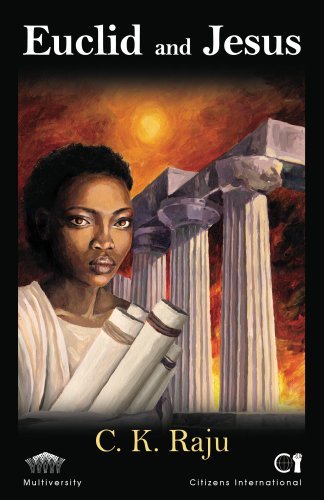What do you think?
Rate this book


222 pages, Kindle Edition
First published January 1, 2013
As for those young people who are victims of these biases, get rid of those biases even if they are forced on you by your parents and teachers. A simple way to do so is to ask questions. If the answers sound like story-telling, used to preserve lies, you know what trick is at work. Remember, they can’t capture your mind without your consent. Don’t give that consent: keep asking questions, and see how those stories fall apart.